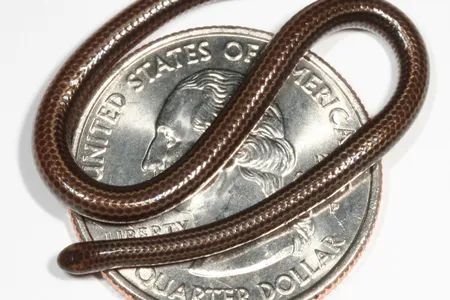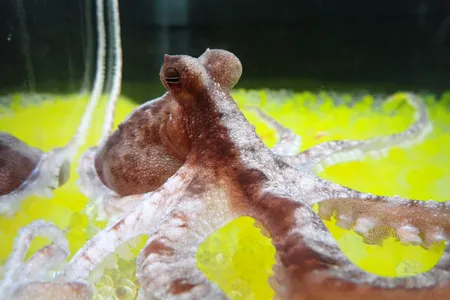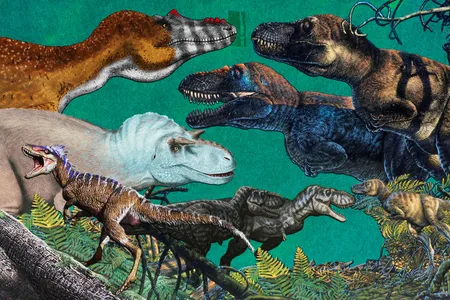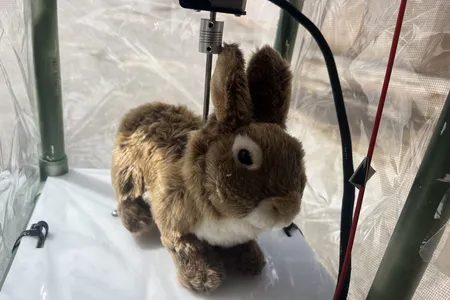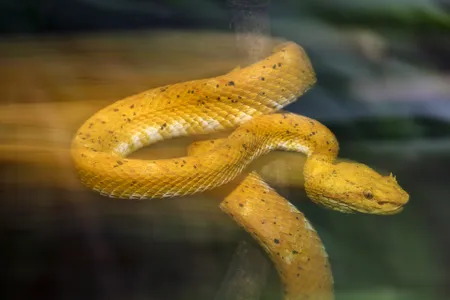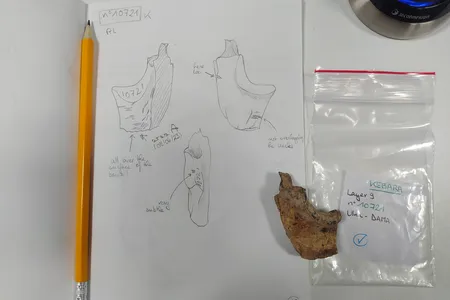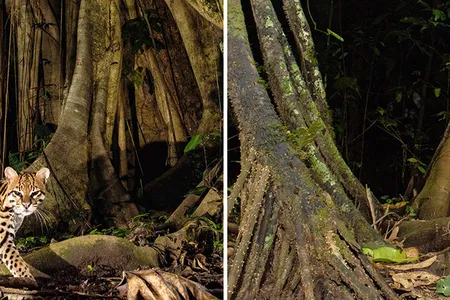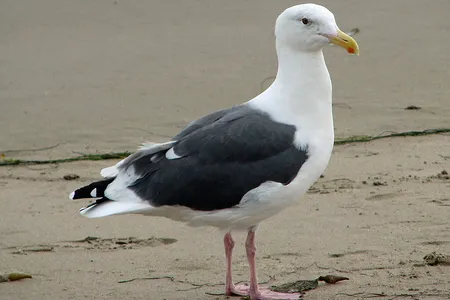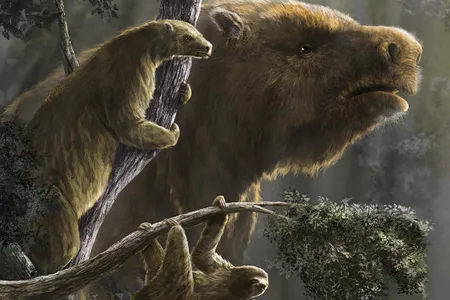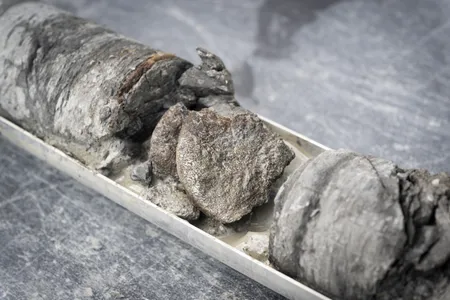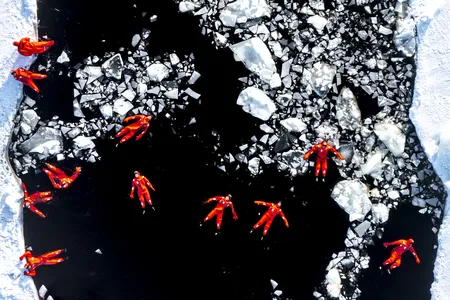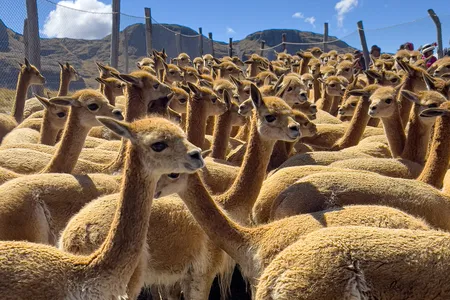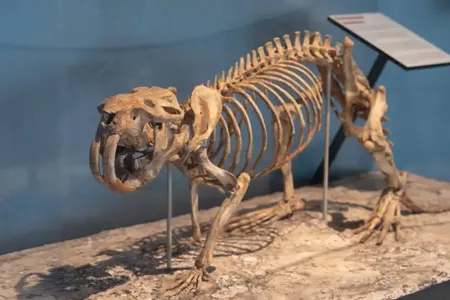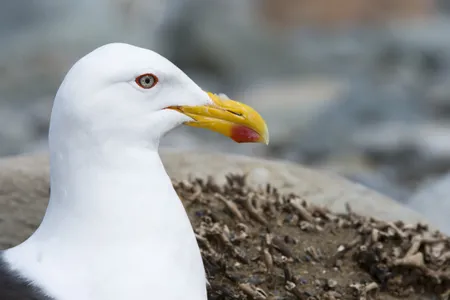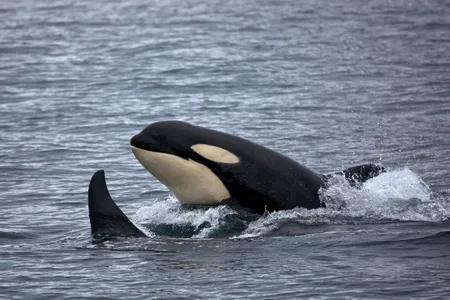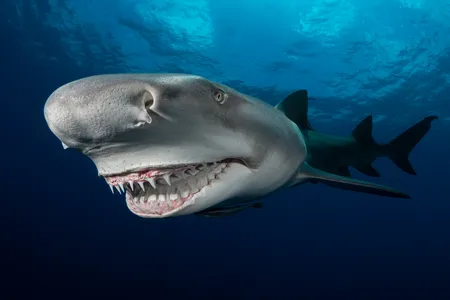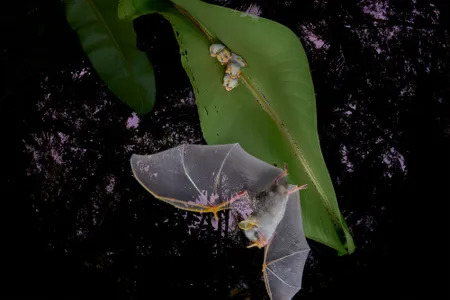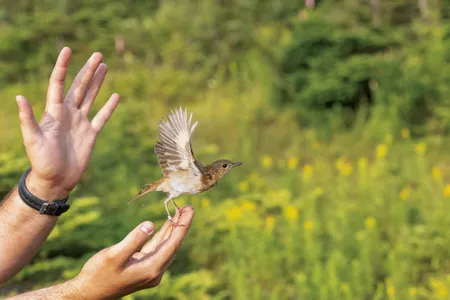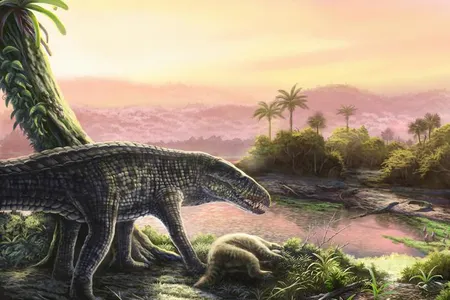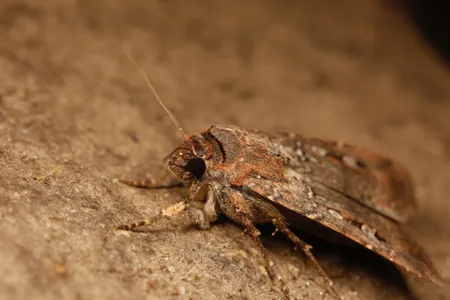Scientists Feared the World’s Smallest Snake Had Gone Extinct. They Just Found It Again
When fully grown, the Barbados threadsnake is only three to four inches long—shorter than many earthworms
Octopuses Fall for the Rubber Hand Illusion, Just Like Humans, Pointing to a Sense of Body Ownership
The trick that plays with awareness of one’s own limb appeared to fool all six of the cephalopods tested in a series of experiments
Meet Ten Tyrannosaurs That Came Before T. Rex, From Small, Feathery Creatures to 30-Foot-Long Bone-Crushers
Everyone knows the famous tyrant lizard king, but its relatives amaze, too
‘Robo-Bunnies’ Are the Newest Weapon in the Fight Against Invasive Burmese Pythons in Florida
Scientists are experimenting with robotic rabbits in hopes of luring the destructive snakes out of hiding so they can be euthanized
Smithsonian Photo Contest Galleries
See 15 Photos of Sensational, Slithering Snakes
These reptiles often get a bad rap, but there are plenty of reasons to celebrate snakes
Cut Marks on Animal Bones Suggest Neanderthal Groups Had Their Own Unique Culinary Traditions
Neanderthals in two nearby caves used different techniques when butchering animal carcasses in what is now Israel, according to a new paper
Video Reveals an Unlikely Bond Between Ocelots and Opossums in the Amazon, Walking Together Like ‘Old Friends’
Researchers captured the footage by surprise, with cameras initially set up to record bird behavior
A California Gull Hitched a Ride on a Garbage Truck and Took an 80-Mile Journey to a Compost Facility. Then It Happened Again
GPS tracking data showed the bird zooming across bridges and interstates at 60 miles per hour on two occasions in 2018
Giant Sloths and Many Other Massive Creatures Were Once Common on Our Planet. With Environmental Changes, Such Giants Could Thrive Again
If large creatures like elephants, giraffes and bison are allowed to thrive, they could alter habitats that allow for the rise of other giants
‘Nothing Short of Magical’: Scientists Discover a Dinosaur Bone Nearly 800 Feet Beneath a Parking Lot at a Denver Museum
The partial vertebra appeared inside a 2.5-inch-diameter column of rock that researchers drilled, earning the title of the oldest and deepest dinosaur fossil found in Denver
See Ten Stunning Images From the International Aerial Photographer of the Year Awards
Breathtaking views of glaciers, volcanoes and animals were celebrated in the competition’s inaugural year
How an Ancestral Peruvian Ceremony Is Saving the Once-Endangered Vicuña
Each year in the first weeks of June, Indigenous communities in the Andes form a human chain to corral the camelids and shear their valuable wool
Bear-Sized Giant Beavers Once Roamed North America, and They’re Now the Official State Fossil of Minnesota
The large, extinct creatures roamed the Twin Cities area more than 10,000 years ago and could grow to more than 200 pounds
Southern Hemisphere Gull Seen in Wisconsin for the First Time, Drawing Tourists for a Rare Glimpse of the Out-of-Place Bird
The vagrant kelp gull mated with a local herring gull, though the chick did not survive. Experts say it’s a “complete mystery” how the bird came to nest so far north in the first place
Orcas Appear to Be Sharing Their Prey With Humans—but What Does It Mean?
Researchers documented 34 instances of purported prey-sharing behavior, which suggests orcas may be altruistic and capable of recognizing sentience in another species
Smithsonian Photo Contest Galleries
Celebrate the 50th Anniversary of ‘Jaws’ With 15 Shark Snapshots
The classic thriller might discourage you from getting in the water, so check out these sensational shark images from the Smithsonian Magazine Photo Contest instead
Ten Stunning Nature Photos From the BigPicture 2025
From the beautiful to the bizarre, this annual photographic showcase shines a light on some of our planet’s most breathtaking species and places
Scientists Are Tracking Worrying Declines in Insects—and the Birds That Feast on Them. Here’s What’s Being Done to Save Them Both
In Vermont, researchers have investigated the types of creepy, crawly bugs that their avian predators consume and may have found the answers to keeping them both alive
After Crocs and Lemurs Went Extinct on the Mainland, Many Survived on Islands for Millions of Years
Isolation allows creatures to thrive as their relatives perish due to the threats present on much larger landmasses
Australian Moths Are the First Known Insects to Navigate by the Stars, Revealing a Migratory Superpower
Bogong moths use both Earth’s magnetic field and the starry night sky to make twice-yearly migrations spanning hundreds of miles, according to new research
Page 1 of 43
